The United States National Park Service was established in 1916 to preserve natural, cultural, and historic resources in America. However, some of America’s most famous National Parks predate the creation of the National Park Service by two decades. This article explores the 10 oldest National Parks in America, including their rich histories and some of the amazing wildlife living in them. Amazingly, these parks are even older than some U.S. states. All of the National Parks on this list were established before Alaska and Hawai’i became states in 1959. Eight of them date back to before Arizona and New Mexico became states in 1912. Let’s discover these oldest parks and the animals that live in each of them.
10. Hawai’i Volcanoes National Park

Kilauea is the most active of the five volcanoes in Hawaii Volcanoes National Park.
©LouieLea/Shutterstock.com
Hawai’i Volcanoes National Park was established on August 1, 1916, four decades before Hawaii became a U.S. state. It was the first national park in a U.S. territory. Jonah Kūhiō Kalanianaʻole, a U.S. Congress delegate and former prince of the Kingdom of Hawai’i, introduced the legislation to create the park. Hawai’i Volcanoes National Park is home to the ʻŌpeʻapeʻa, also known as the Hawaiian hoary bat, which is the only land mammal native to Hawaii. Other native animals that live in the national park include the Honuʻea (hawksbill turtle), ʻIo (Hawaiian hawk), and Nēnē (goose).
9. Rocky Mountain National Park
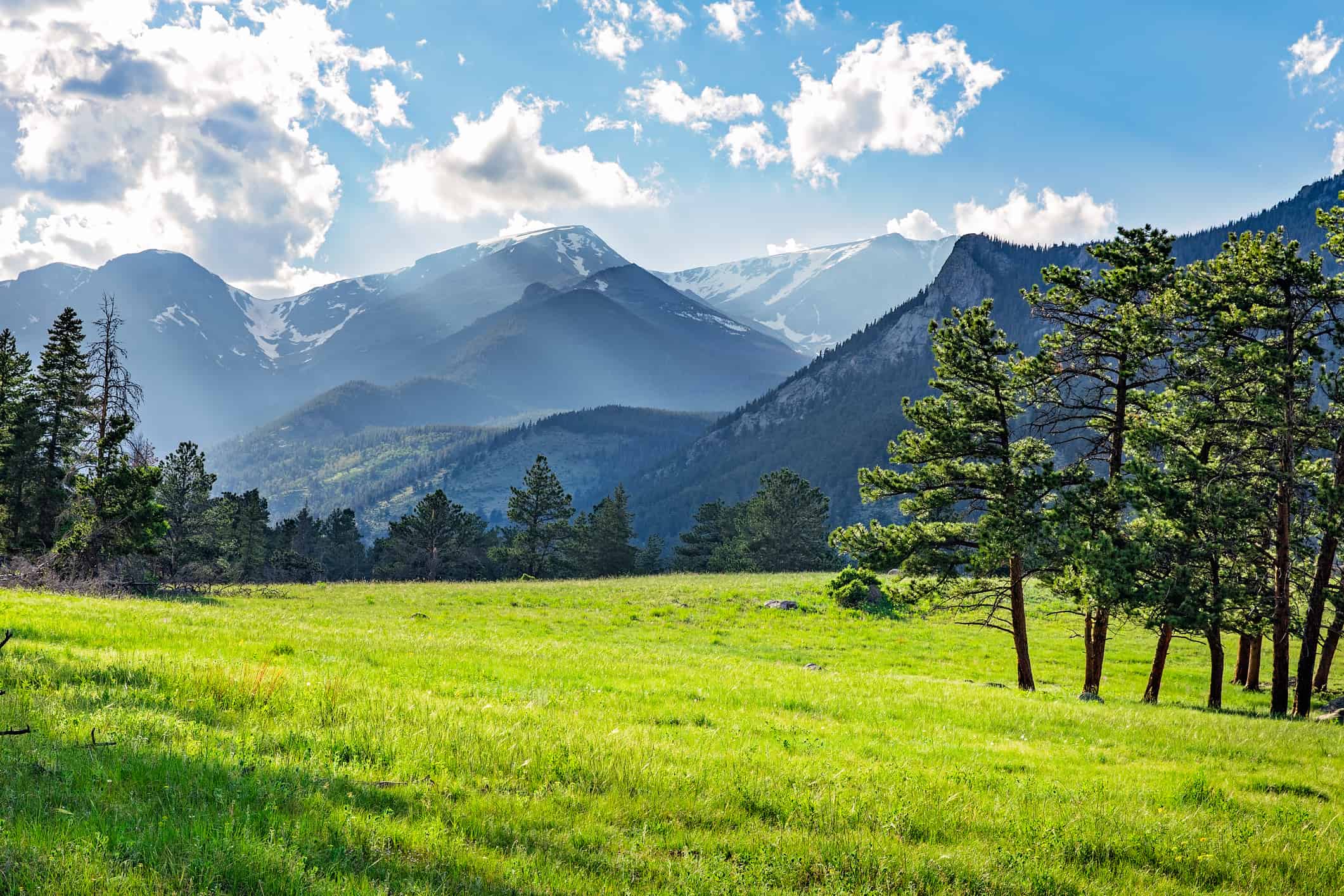
The Continental Divide runs through the center of Rocky Mountain National Park.
©juliannafunk/iStock via Getty Images
Rocky Mountain National Park was established by President Woodrow Wilson on January 26, 1915. The Estes Park Protective and Improvement Association played a major role in lobbying for the park’s creation, and they faced opposition from mining, logging, and agricultural interests. The park is home to many animals that live amongst its rugged, mountainous environment including the bighorn sheep, yellow-bellied marmot, and peregrine falcon.
8. Glacier National Park
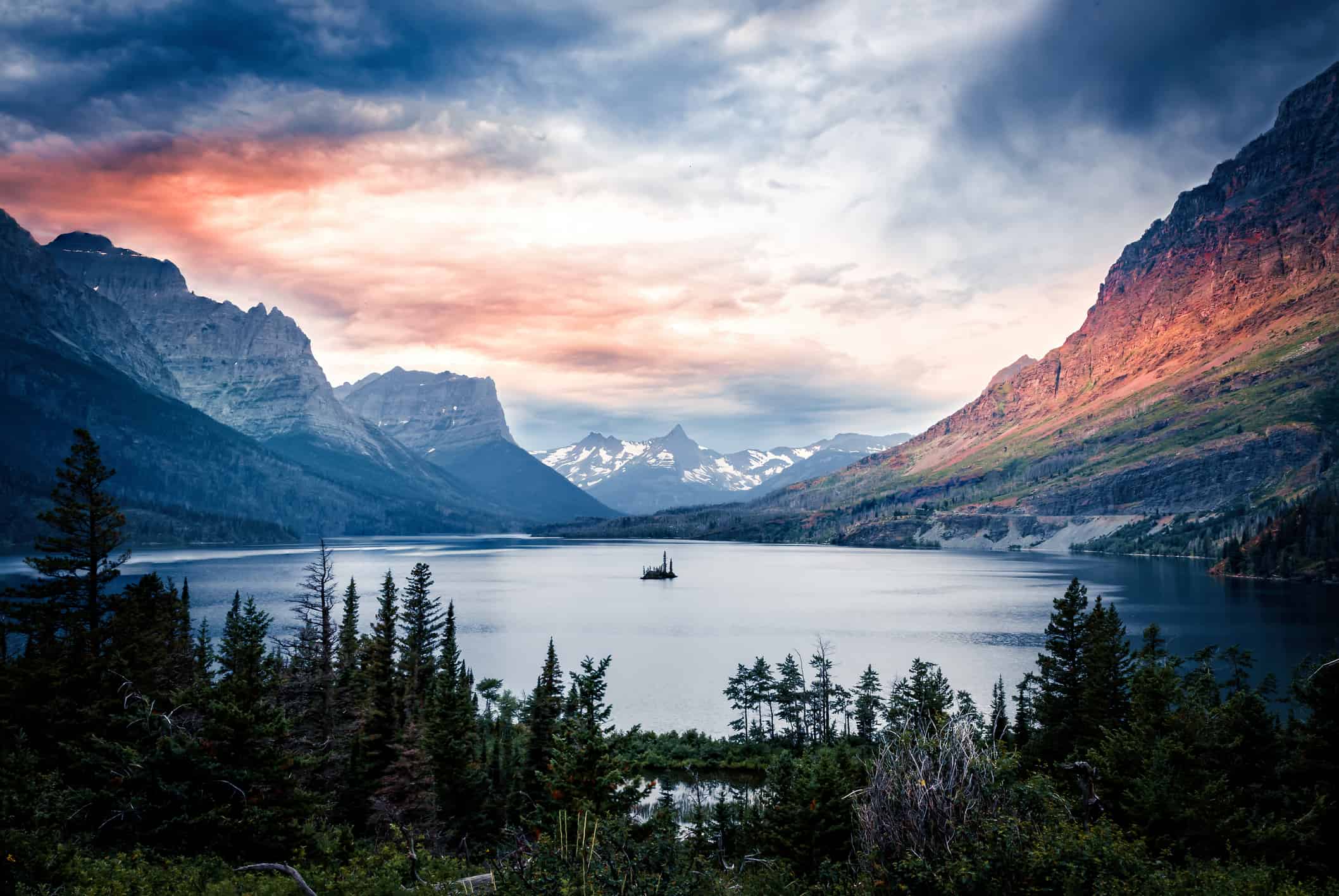
The glaciers at Glacier National Park are retreating. The original
80 glaciers are down to just 32.
©Martina Birnbaum/iStock via Getty Images
Glacier National Park was established by President William Howard Taft on May 11, 1910. The Boone and Crockett Club, a conservation organization founded by Theodore Roosevelt in 1887, played a major role in lobbying for the park’s creation. Glacier National Park is home to many exciting wildlife species including the American marten, great blue heron, and over 1,000 grizzly bears.
7. Mesa Verde National Park
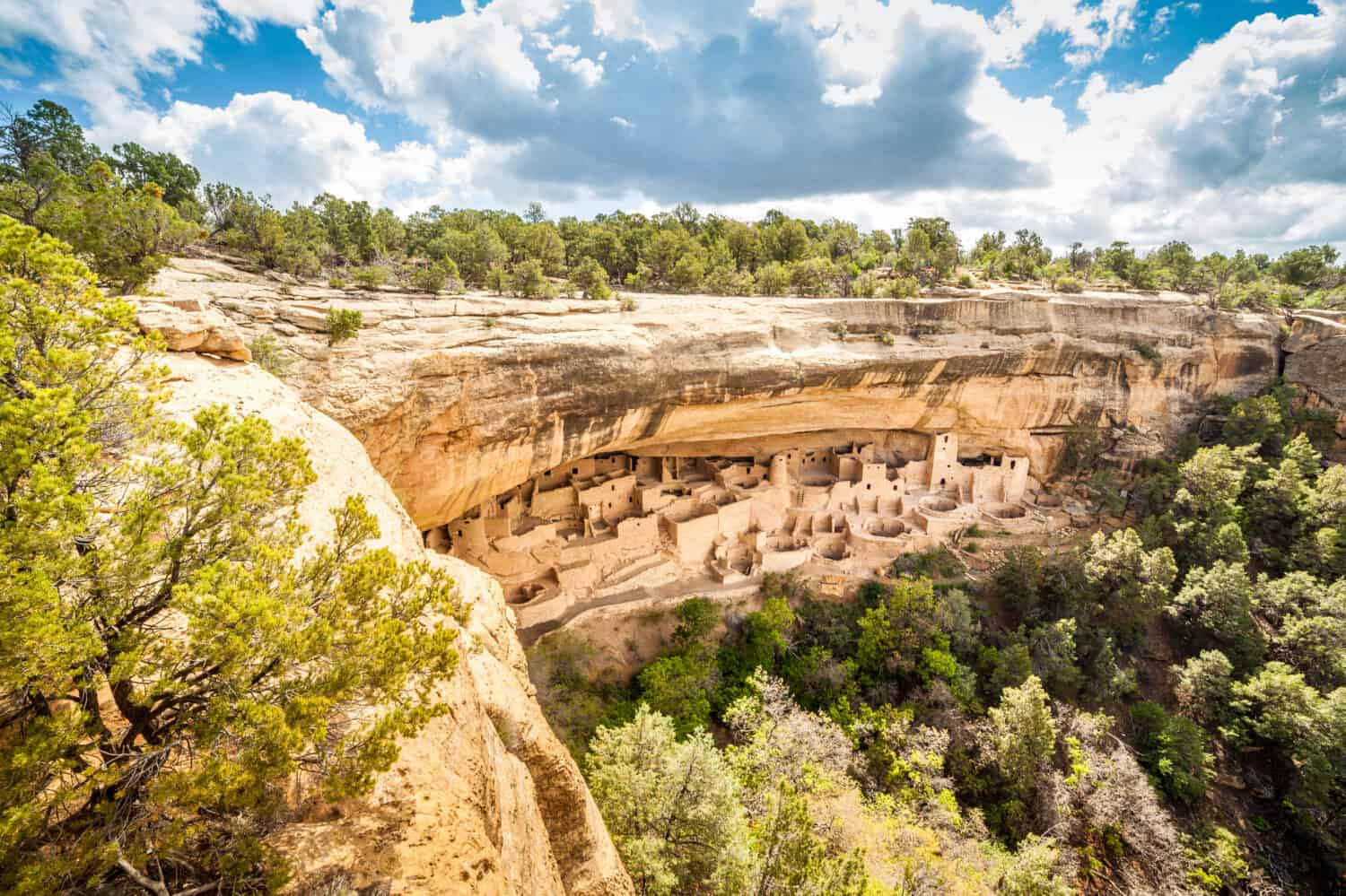
The Ancestral Puebloan villages of Mesa Verde National Park date back to 550 A.D.
©Sopotnicki/Shutterstock.com
Mesa Verde National Park was established by President Theodore Roosevelt on June 29, 1906. In the following years, archaeologists worked to excavate and stabilize many sites at the park. Mesa Verde National Park’s high desert climate supports a wide array of wildlife including coyotes, prairie rattlesnakes, and wild turkeys.
6. Wind Cave National Park
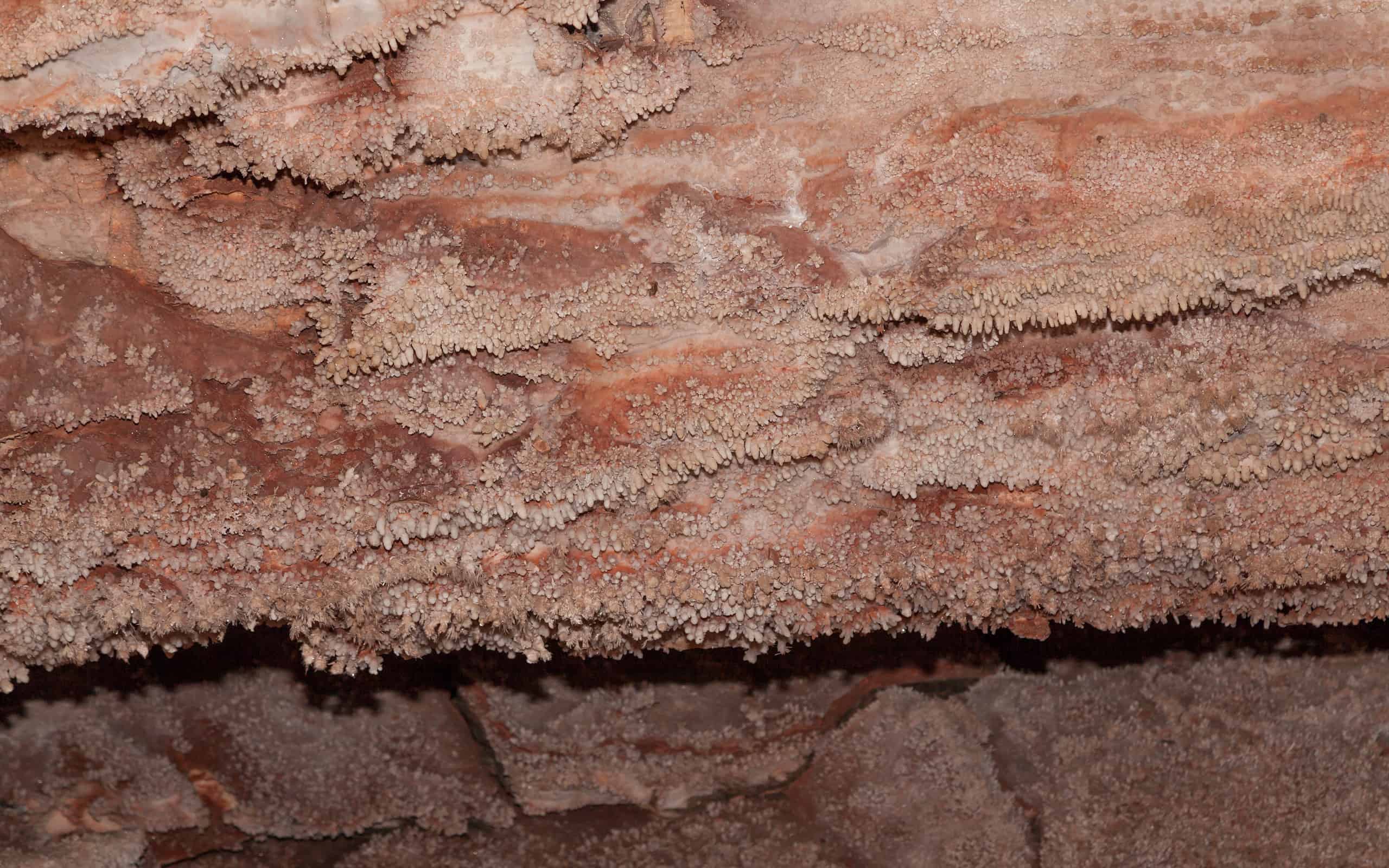
With 154 miles of passageways, Wind Cave is the third-longest cave in the United States.
©Tami Freed/Shutterstock.com
President Theodore Roosevelt established Wind Cave National Park on January 9, 1903. The park includes the cave itself, as well as the land above the cave, which is the largest natural prairie in the United States. This prairie is home to many animals including the black-footed ferret and whooping crane, both of which are endangered species.
5. Crater Lake National Park
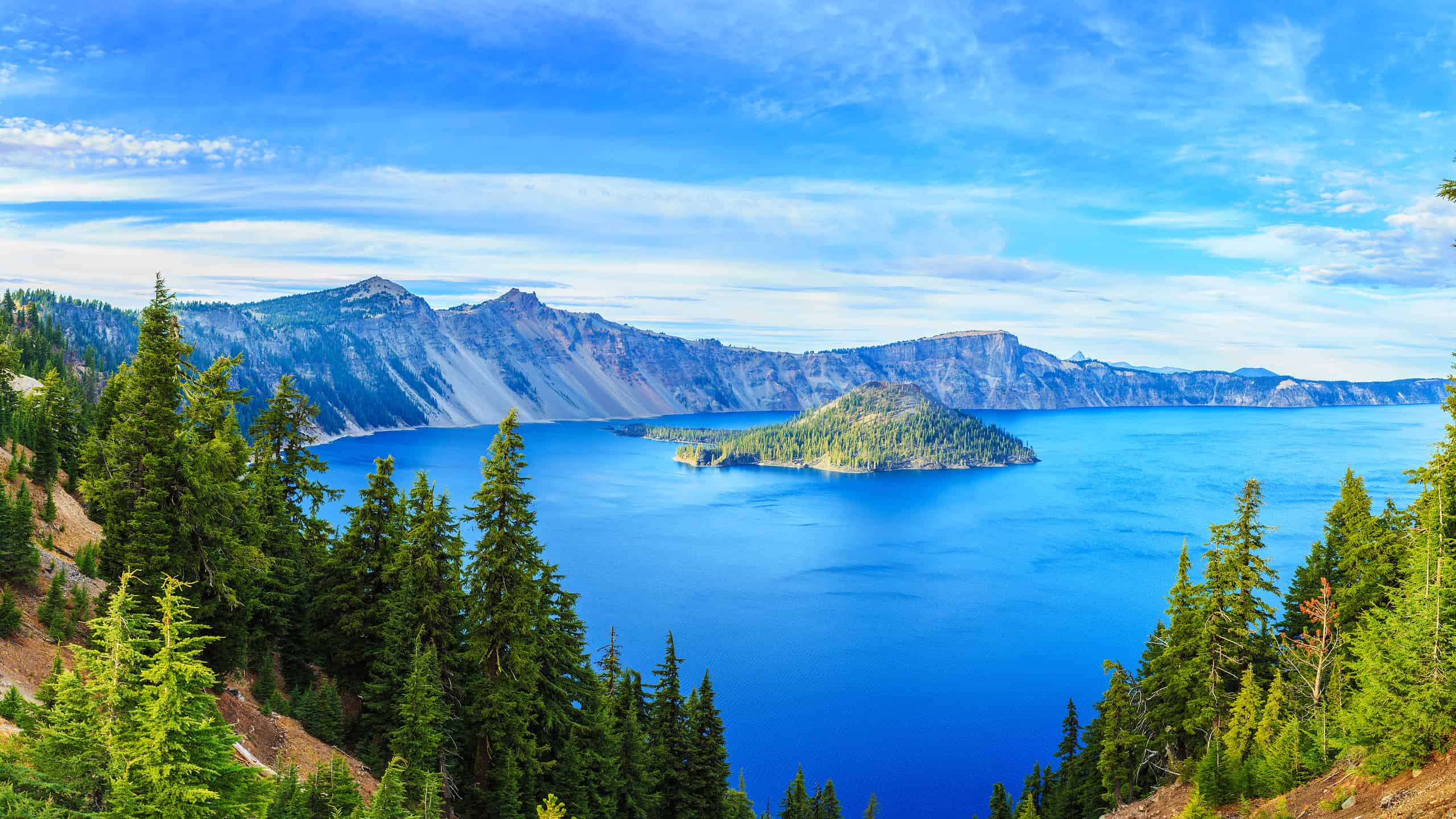
At 1,949 feet deep, Crater Lake is the deepest lake in the United States.
©iStock.com/Photographer and videographer from Ukraine
President Theodore Roosevelt established Crater Lake National Park, Oregon’s first and only national park, on May 22, 1902. The lake is a volcanic crater formed after an eruption of Mount Mazama around 7,700 years ago. Crater Lake National Park is home to many animals including the golden-mantled ground squirrel, Canada jay, and elk.
4. Mount Rainier National Park
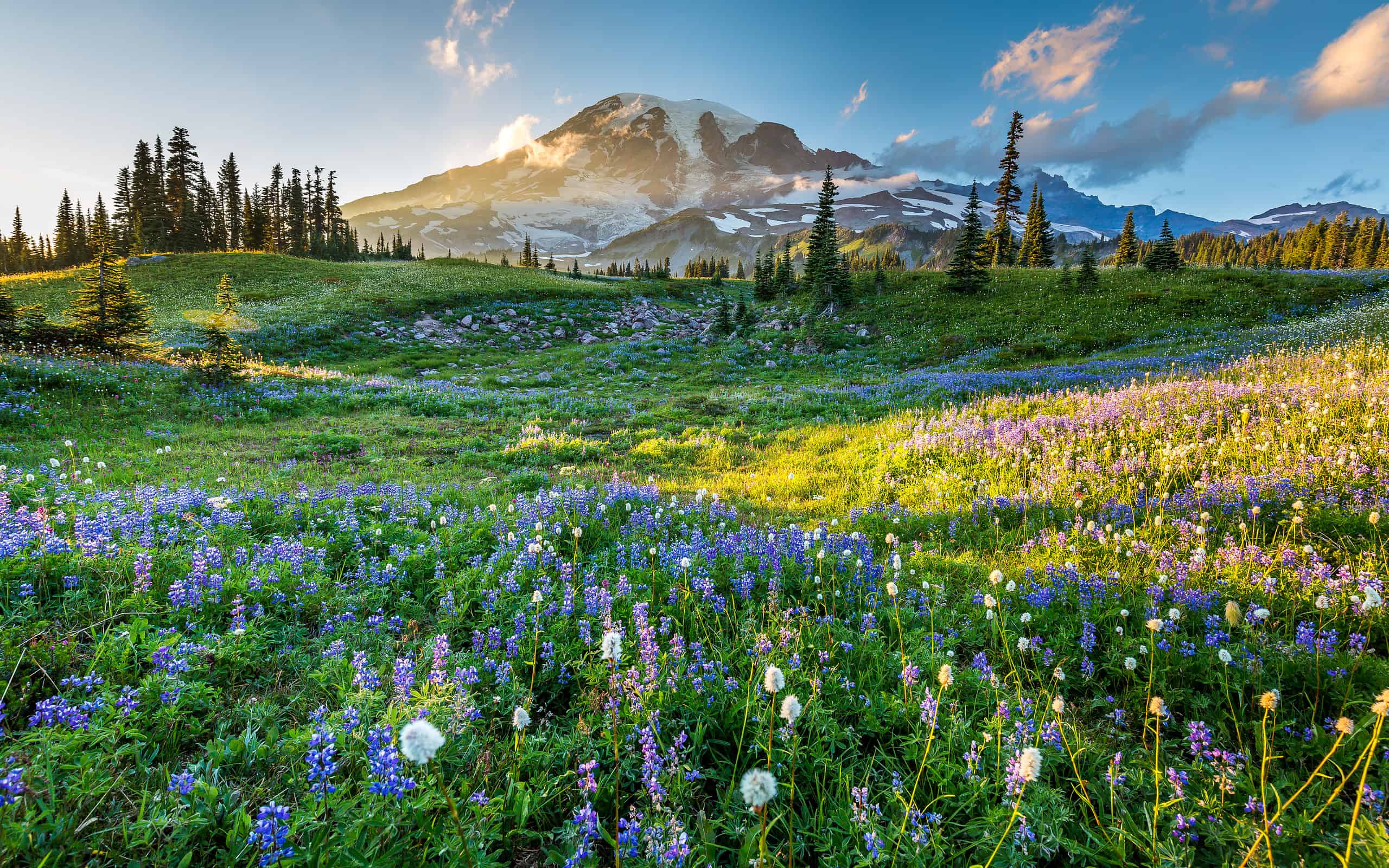
Each summer, stunning wildflowers bloom in Mount Rainier’s vast subalpine meadows.
©RomanKhomlyak/iStock via Getty Images
Mount Rainier National Park was first established as the Pacific Forest Reserve in 1893. It was renamed Mount Rainier Forest Reserve in 1897 and again renamed Rainier National Forest in 1907. Finally, President William McKinley established Mount Rainier National Park on March 2, 1899. It was the first national park to result from national forest lands.
Some of the many exciting animals living in Mount Rainier National Park include the snowshoe hare, American pika, and mountain goat. Additionally, in 2020, locals spotted wolverines in the park for the first time in 100 years. However, in 2023, after decades of efforts by conservationists, wolverines were listed as threatened under the Endangered Species Act. Washington’s Department of Fish and Wildlife estimates that less than 25 wolverines remain in the Cascade Mountains. The Cascades Wolverine Project is a grassroots organization that studies and supports the recovery of wolverine populations in the Cascades.
3. Yosemite National Park
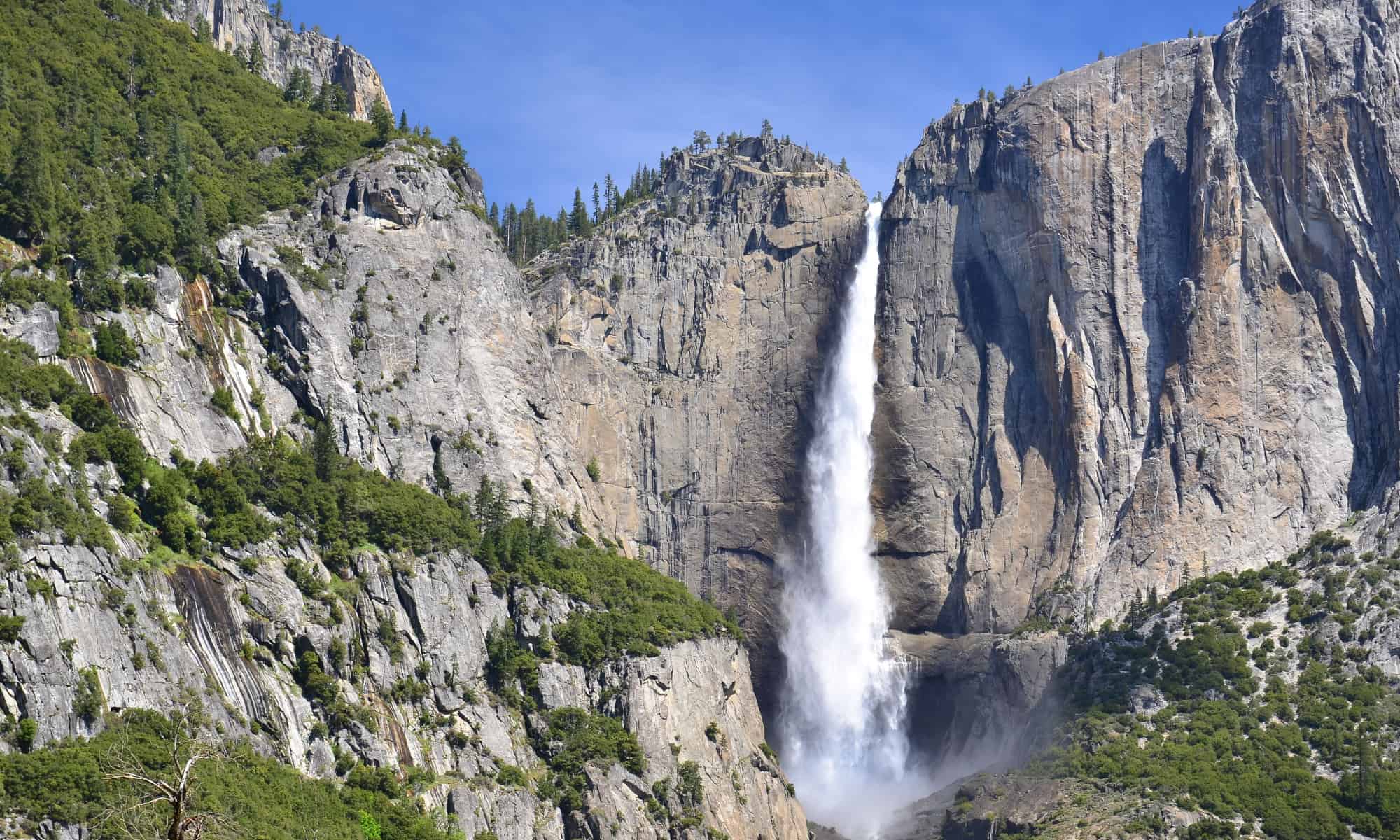
Cascading 2,425 feet, Yosemite Falls is one of the tallest waterfalls in the United States.
©A.Hornung/Shutterstock.com
President Benjamin Harrison established Yosemite National Park on October 1, 1890. However, the park’s history reaches much farther back. Yosemite was first designated as public land by President Abraham Lincoln in 1864. The state of California managed it until John Muir, the famous conservationist, advocated for federal protection and it became a national park.
Yosemite National Park contains a high diversity of habitats and wildlife. Some of the many different species of animals living in the park include the North American river otter, Sierra Nevada bighorn sheep, Northern Pacific rattlesnake, and great gray owl.
2. Sequoia National Park
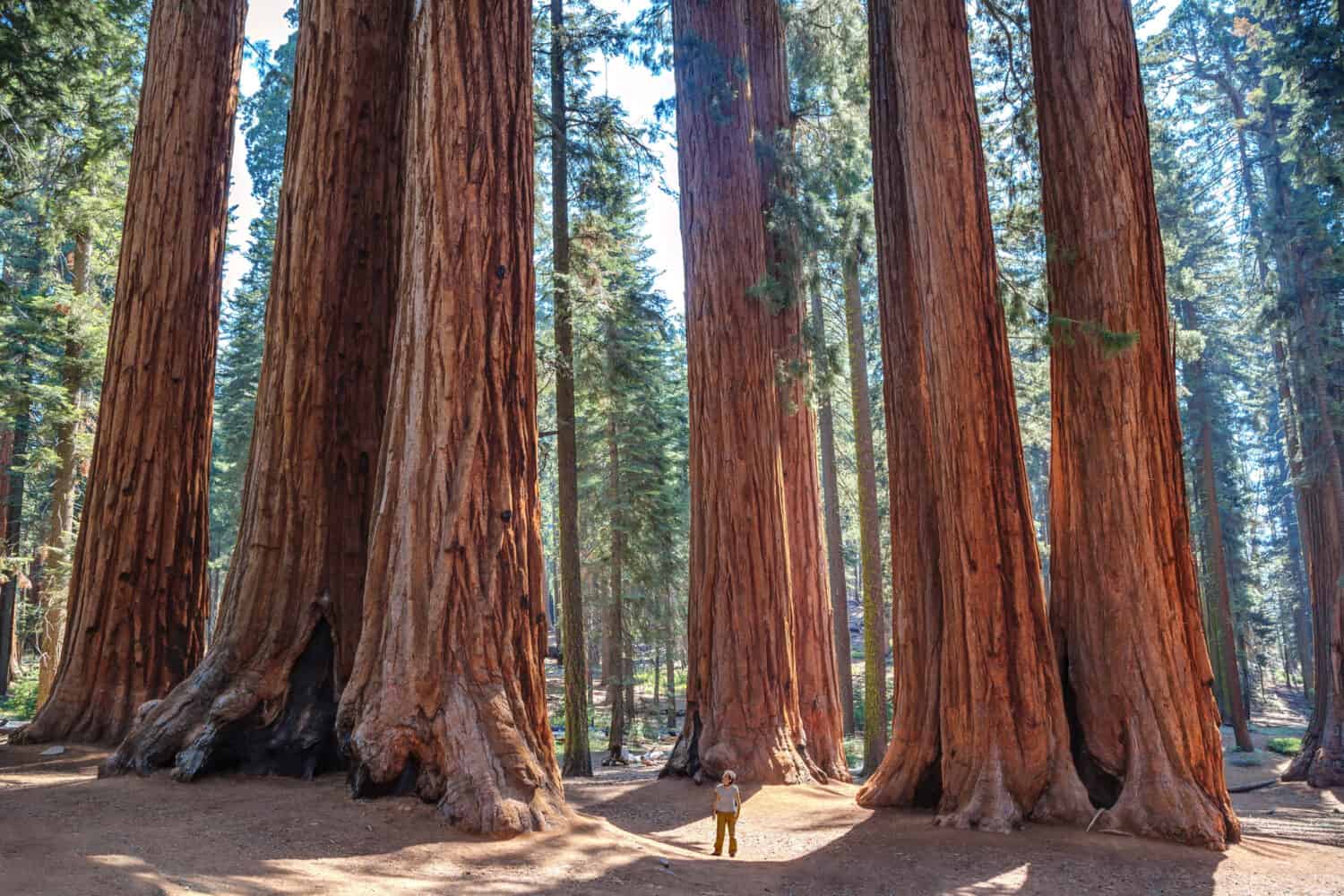
The giant sequoia trees of Sequoia National Park are the largest trees in the world.
©Fernando Tatay/Shutterstock.com
President Benjamin Harrison established Sequoia National Park on September 25, 1890. The spectacular giant sequoia trees from which the park gets its name are endemic to the Sierra Nevada Mountains in California. They are notable not only for their massive size, being the largest trees in the world by volume, but also for their age. In fact, giant sequoias are some of the oldest living trees in the world. The park is home to the oldest living giant sequoia tree in the world, The President, which is 3,200 years old. Sequoia National Park was created to protect these ancient and rare trees from logging.
Sequoia National Park is also home to some incredible wildlife. A few of the animals living in and around the sequoia groves are the Douglas squirrel, black bear, cougar, and hermit thrush.
1. Yellowstone National Park
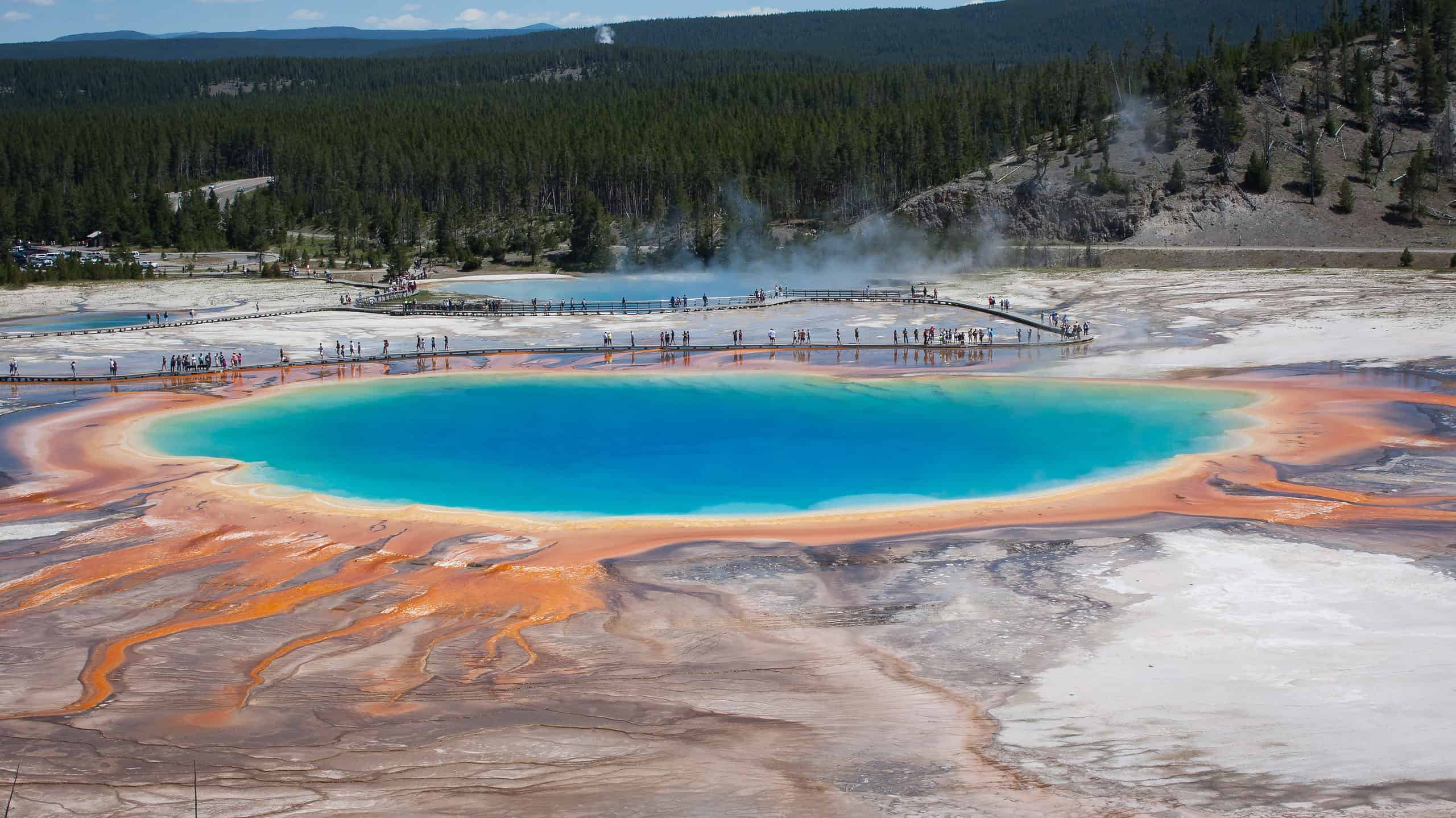
The Grand Prismatic Spring is the third-largest hot spring in the world.
©Busara/Shutterstock.com
Yellowstone National Park was established on March 1, 1872, when President Ulysses S. Grant signed The Act of Dedication, making it the oldest National Park in America and the second oldest in the world. The park is most famous for having over 10,000 epic hydrothermal features including hot springs, geysers, mudpots, travertine terraces, and fumaroles.
The land now known as Yellowstone National Park has been an important place to indigenous peoples for thousands of years. Some of the many indigenous peoples that have a connection to Yellowstone are the Kiowa, Blackfeet, Cayuse, Shoshone, Perce, Coeur d’Alene Nez, Bannock, and Crow. After Yellowstone National Park was established, the U.S. Army sought to prevent native people from accessing it. This led to several violent conflicts including the Battle of the Big Hole and the Sheepeater Indian War. Today, 27 tribes are associated with Yellowstone National Park and consult with park managers on issues such as bison herd management.
The American bison is the most iconic and culturally significant animal in Yellowstone. While there were once tens of millions of bison in North America, they were nearly driven to extinction by the late 19th century. This was largely due to the U.S. Army’s campaign to cull bison herds to deprive native people of their primary food source. However, in 1902, Yellowstone management set out to recover its bison population. As a result of this massive conservation effort, the park is now home to America’s largest public herd of bison. Several other large mammals that live in the park include the wolf, cougar, black bear, grizzly bear, moose, and elk. Some of the many birds found in Yellowstone include the bald eagle, common loon, and brown creeper.
Summary Table of the 10 Oldest National Parks in America
| Rank | National Park | Location | Date Established |
|---|---|---|---|
| 10 | Hawai’i Volcanoes | Hawai’i | August 1, 1916 |
| 9 | Rocky Mountain | Colorado | January 26, 1915 |
| 8 | Glacier | Montana | May 11, 1910 |
| 7 | Mesa Verde | Colorado | June 29, 1906 |
| 6 | Wind Cave | South Dakota | January 9, 1903 |
| 5 | Crater Lake | Oregon | May 22, 1902 |
| 4 | Mount Rainier | Washington | March 2, 1899 |
| 3 | Yosemite | California | October 1, 1890 |
| 2 | Sequoia | California | September 25, 1890 |
| 1 | Yellowstone | Wyoming, Montana, Idaho | March 1, 1872 |
The photo featured at the top of this post is © Busara/Shutterstock.com
Thank you for reading! Have some feedback for us? Contact the AZ Animals editorial team.







